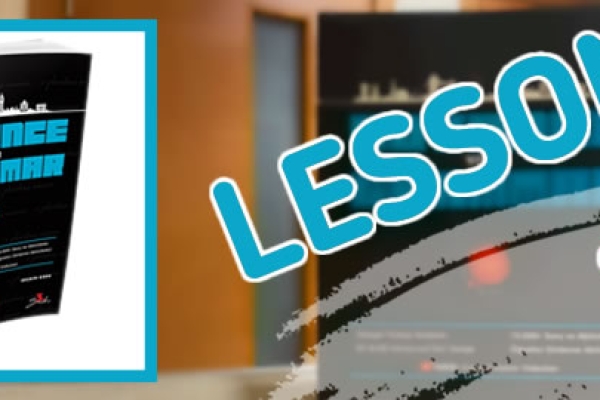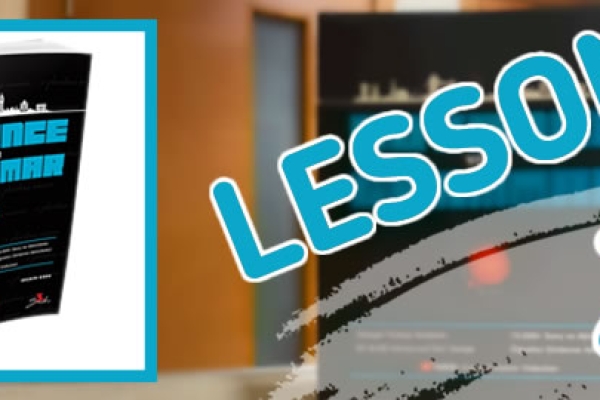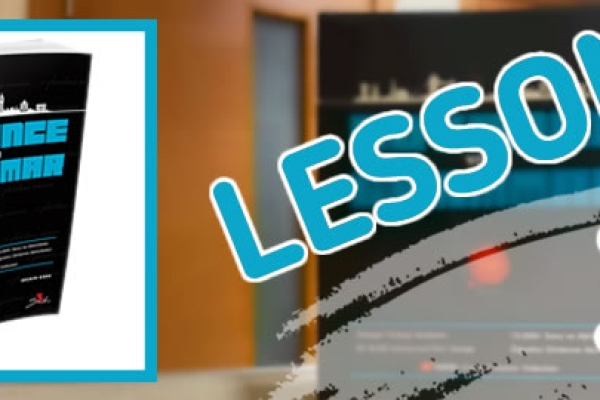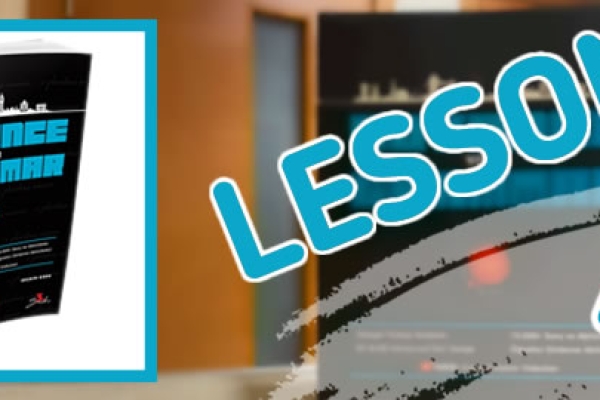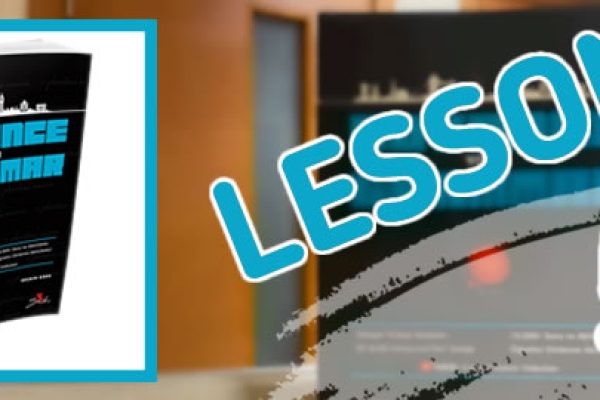Summary Comparison of Infinitives - Verb + Object + Bare Infinitive
In English grammar, the bare infinitive refers to the base form of a verb without the "to" particle (e.g., "eat," "go," "write"). It is used in specific verb patterns following verbs that do not require the particle "to" before the next verb. These structures are common in English and are found in sentences that include an object followed by a verb in its base form. The bare infinitive can express different meanings, such as necessity, permission, or simple action.
The bare infinitive is used after certain verbs, such as make, let, and help, where the verb is followed directly by the object and the verb in its base form. Understanding these patterns is important for constructing grammatically correct sentences.
Key Points on Bare Infinitives:
-
Structure:
- Verb + Object + Bare Infinitive: In this structure, the verb is followed by an object and then a bare infinitive to complete the meaning.
-
Examples of Verbs Followed by Bare Infinitives: Certain verbs require a bare infinitive after them, and these are typically used to express permissions, causation, or recommendations.
Examples with Explanation:
1. "Make" + Object + Bare Infinitive:
The verb "make" is commonly followed by an object and a bare infinitive to indicate that the subject causes the object to perform an action.
-
Example 1: The teacher made the students write an essay.
- Explanation: "Made" is followed by "write," the bare infinitive. The teacher caused the students to write an essay.
-
Example 2: She made her brother clean the room.
- Explanation: "Made" is followed by "clean," the bare infinitive, showing that she forced or caused her brother to clean the room.
2. "Let" + Object + Bare Infinitive:
The verb "let" is used with an object and a bare infinitive to indicate permission or allowance to do something.
-
Example 1: My parents let me go to the party.
- Explanation: "Let" is followed by "go," the bare infinitive. This shows that the speaker's parents allowed them to go to the party.
-
Example 2: He let his friend borrow his car.
- Explanation: "Let" is followed by "borrow," the bare infinitive, expressing that he allowed his friend to borrow his car.
3. "Help" + Object + Bare Infinitive:
The verb "help" is often used with an object followed by a bare infinitive to show assistance in doing something.
-
Example 1: She helped me clean the kitchen.
- Explanation: "Helped" is followed by "clean," the bare infinitive. This indicates that she assisted the speaker in cleaning the kitchen.
-
Example 2: I helped him carry the groceries.
- Explanation: "Helped" is followed by "carry," the bare infinitive, showing that the speaker assisted him in carrying the groceries.
4. "See" + Object + Bare Infinitive:
The verb "see" can be followed by an object and a bare infinitive to express an action that the object is observed to do.
-
Example 1: I saw him leave the house.
- Explanation: "Saw" is followed by "leave," the bare infinitive, indicating that the speaker observed him leaving the house.
-
Example 2: We saw them play football in the park.
- Explanation: "Saw" is followed by "play," the bare infinitive, expressing that the speaker witnessed them playing football.
5. "Feel" + Object + Bare Infinitive:
The verb "feel" can also be followed by an object and a bare infinitive to describe a perception or experience of the object doing something.
-
Example 1: I felt him leave the room.
- Explanation: "Felt" is followed by "leave," the bare infinitive, showing that the speaker sensed the action of him leaving the room.
-
Example 2: She felt them arrive at the airport.
- Explanation: "Felt" is followed by "arrive," the bare infinitive, meaning the speaker sensed or experienced them arriving at the airport.



